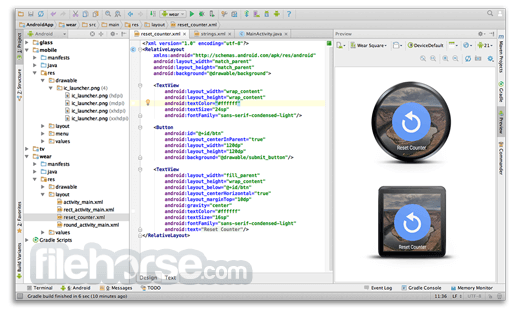Rocks downloading
How To Code For Mac
First, you need to go to the Visual Studio website. Select Visual Studio Code from the four options and click the 'Download for Mac' button. Your download should now begin in the form of a zip. This MAC code, completely unique to you, provides important information about your internet connection. MAC is an acronym for Migration Authorisation Code. It's an individual 17- or 18-digit. First, choose your favorite products and add them into your shopping cart. Make sure they meet the requirements of Mac hot discount codes prior to application. Proceed to the cart page and complete your payment. Second, copy and paste the Mac hot discount codes before checkout. If you’re new to Xcode, select Get started with a playground to code in a preset environment. To start a project from scratch, click Create a new Xcode project. If asked to enable developer mode on your Mac, click OK.
-->This tutorial shows how to create and run a .NET console application using Visual Studio for Mac.
Note

Your feedback is highly valued. There are two ways you can provide feedback to the development team on Visual Studio for Mac:
- In Visual Studio for Mac, select Help > Report a Problem from the menu or Report a Problem from the Welcome screen, which will open a window for filing a bug report. You can track your feedback in the Developer Community portal.
- To make a suggestion, select Help > Provide a Suggestion from the menu or Provide a Suggestion from the Welcome screen, which will take you to the Visual Studio for Mac Developer Community webpage.
Prerequisites
Visual Studio for Mac version 8.8 or later. Select the option to install .NET Core. Installing Xamarin is optional for .NET development. For more information, see the following resources:
- Tutorial: Install Visual Studio for Mac.
- Supported macOS versions.
- .NET versions supported by Visual Studio for Mac.
Create the app
Start Visual Studio for Mac.
Select New in the start window.
In the New Project dialog, select App under the Web and Console node. Select the Console Application template, and select Next.
In the Target Framework drop-down of the Configure your new Console Application dialog, select .NET 5.0, and select Next.
Type 'HelloWorld' for the Project Name, and select Create.
The template creates a simple 'Hello World' application. It calls the Console.WriteLine(String) method to display 'Hello World!' in the terminal window.
The template code defines a class, Program, with a single method, Main, that takes a String array as an argument:
Cached
Main is the application entry point, the method that's called automatically by the runtime when it launches the application. Any command-line arguments supplied when the application is launched are available in the args array.
Run the app
Press ⌥⌘↵ (option+command+enter) to run the app without debugging.
Close the Terminal window.
Enhance the app
Enhance the application to prompt the user for their name and display it along with the date and time.

In Program.cs, replace the contents of the
Mainmethod, which is the line that callsConsole.WriteLine, with the following code:This code displays a prompt in the console window and waits until the user enters a string followed by the enter key. It stores this string in a variable named
name. It also retrieves the value of the DateTime.Now property, which contains the current local time, and assigns it to a variable nameddate. And it displays these values in the console window. Finally, it displays a prompt in the console window and calls the Console.ReadKey(Boolean) method to wait for user input.The
nrepresents a newline character.The dollar sign (
$) in front of a string lets you put expressions such as variable names in curly braces in the string. The expression value is inserted into the string in place of the expression. This syntax is referred to as interpolated strings.Press ⌥⌘↵ (option+command+enter) to run the app.
Respond to the prompt by entering a name and pressing enter.
Close the terminal.
Next steps
How To Set Up C++ In Vs Code For Mac
In this tutorial, you created a .NET console application. In the next tutorial, you debug the app.